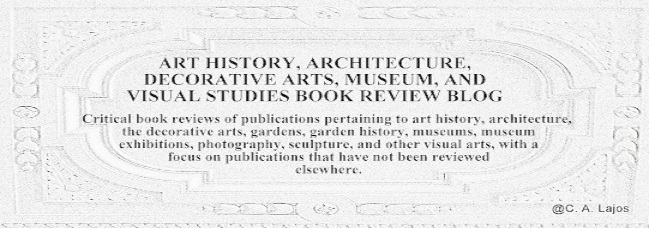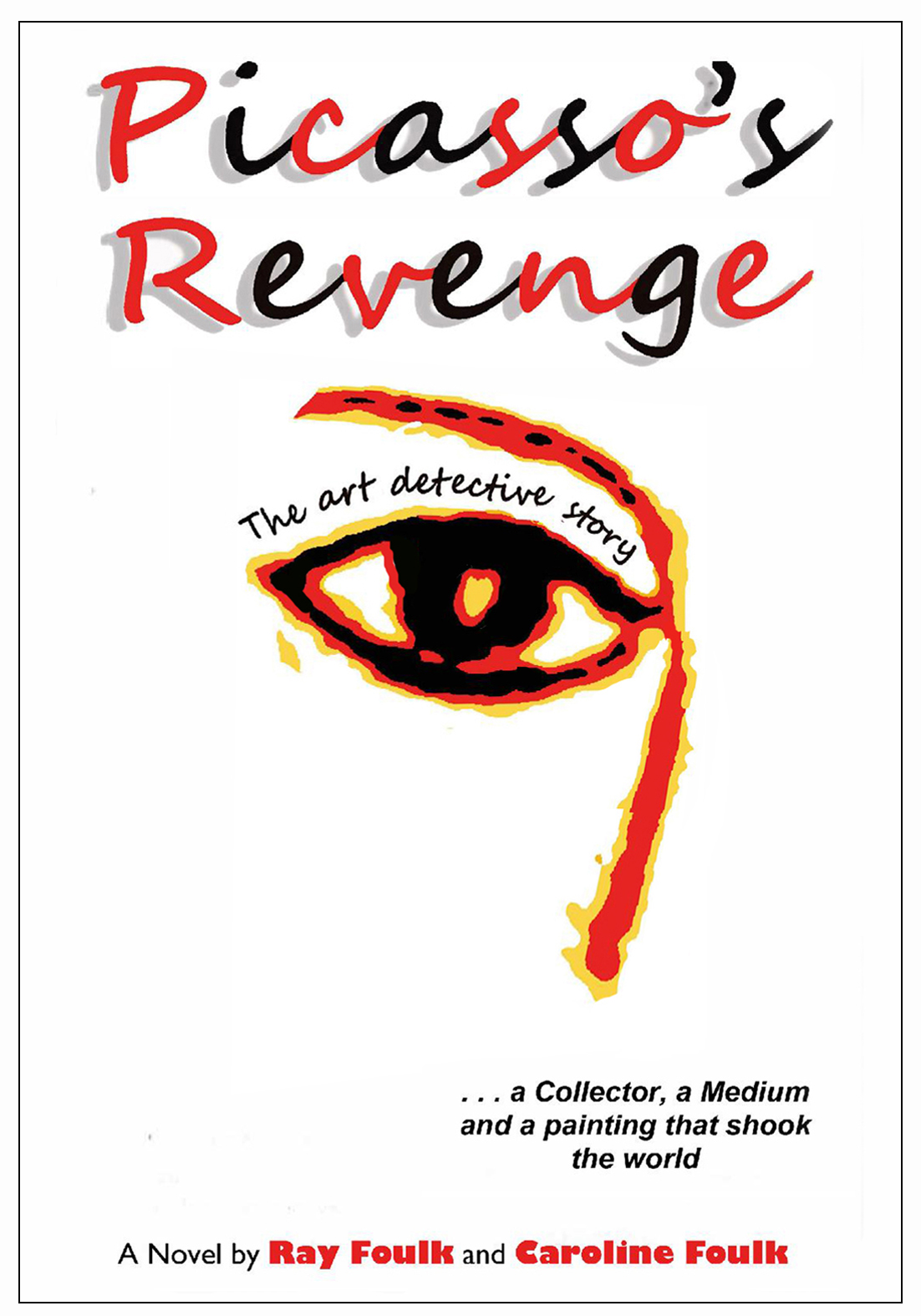Schiffer Publishing Ltd. 2012. c272p. bibliog. illus. index. ISBN 978-0-7643-4198-4. $50.00.
,
In this very profusely-illustrated publication (744 color and black-and-white reproductions), Minardi, an award-winning photographer and the author of several books on the architecture of Philadelphia (Historic Architecture in West Philadelphia, 1789-1930s; Historic Architecture in Philadelphia: East Falls, Manayunk, and Roxborough), examines the architecture of the Wissahickon Valley and the individuals who made it possible, oftentimes with the locally-sourced building stone known as Wissahickon schist. The author presents brief histories of German Township and the neighborhoods of the Wissahickon Valley, Germantown, Mount Airy, and Chestnut Hill. Covering the colonial period to the 1930s and discussing a wide variety of styles and influences, not limited to the Georgian, Colonial, Federal, Second Empire, Romantic Eclectic, and Victorian Eclectic, Minardi provides an ambitious, wide-ranging architectural history and review of 450 structures, many of which are extant and well-preserved. He features churches, inns, museums, residences, schools, and other building types while meticulously documenting his survey with captions, endnotes, a bibliography, and biographies of selected architects and their firms. Overall Minardi’s presentation of the material is thoughtful, well-organized, nicely formatted, and professional. Unfortunately, this publication lacks a good map or maps of the neighborhoods. Scholarly yet accessible, this book will be of significant interest and value to historians, architects, preservationists, residents, and some general readers who may be delighted by its superabundance of contemporary and archival images. It is very highly recommended for large public, academic, and special libraries, particularly for those located in the Delaware Valley region. Review copy. Availability: Amazon.com, Barnes & Noble.com, Schiffer Publishing
Showing posts with label Philadelphia (PA). Show all posts
Showing posts with label Philadelphia (PA). Show all posts
Wednesday, March 19, 2014
Friday, October 5, 2012
Restemeyer, Virginia and Weiner, E. I.. Hip & Hidden Philadelphia: the Unexpected House in a City of Tradition.
Probasco Haus Press. 2012. c176p. illus. bibliog. index. ISBN 978-0-9766626-2-4. $29.95.
Approaching their subject from two rubrics-- a lot can be learned about the inhabitants of a city from the buildings in which they live and the personality of a city is reflected in the architecture of inhabitants’ houses-- two longtime residents and “flaneurs” of Philadelphia, who write and edit several websites and blogs dedicated to art, architecture, landscape, and the study of placeness (hipandhidden.com , arslocii.com , hipandhidden.wordpress.com , arslocii.wordpress.com), take readers on an armchair traveler’s tour of the “other” Philadelphia, the “other” Philadelphia that can be found “inside” the Philadelphia we know from the news and its towering constructions, including condominiums, apartment buildings, and skyscrapers. Restemeyer—-an artist, designer, publisher, and writer-- and Weiner—-an author, editor, journalist, photographer, and writer-- showcase the “other” Philadelphia that may be characterized as “amazing,” “daring,” “different,” extra-“ordinary,” “hidden,” “one-of-a-kind,” “one-off,” “random,” “subtle,” “subversive,” “sudden,” “unique,” and “unusual.” (Probasco Haus Press Release) They define the “other” Philadelphia as the “hip and hidden” one that defies simple definition (pp. 5-7) yet is comprised of “unexpected” homes in a “city of tradition.” In an introduction and eleven chapters, the authors attempt to reveal houses in Philadelphia that fall outside the norms of 18th, 19th, and 20th century architectural styles and developments evidenced by the familiar brick row houses and twins that can be found throughout the city. Spotlighting nearly 100 properties, all of which are located within the city’s limits (p. 6), Restemeyer and Weiner group the residential structures into chapters according to eleven “hip and hidden” categories they developed while walking the city and researching their book: the Classics, Adaptive Reuse, Incorporated Past, Facelift, Pioneers, Quirky Individualism, House=Site, Artistic Assertion, Modernist Assertion, The Referenced Past, and Unique Comparables. As addenda, in lieu of a back-of-the-book index, they include a Neighborhood Guide, citing the pages upon which houses in particular neighborhoods are discussed, as well as an Architects and Builders List, referencing the pages upon which the works by certain architects and builders are mentioned. Whether the authors successfully fulfill one of their goals to document Philadelphia’s “essential hip and hidden” houses remains to be adjudged by readers, who must grapple with the authors’ categories as well as the plethora of stylistic concepts and terms that they use to present the “hip and hidden” houses in Philadelphia. In need of at least a glossary defining artistic styles and terms, the strength of this publication rests on its original, artful, individualistically- focused examinations of various residential structures in Philadelphia. Each house is described in considerable detail by the authors by means of insightful commentary and oftentimes by three or more color photographs illustrating its features on double-page spreads. Generously-illustrated, with more than 400 high-quality, color photographs, and professionally- presented, with careful attention to design, layout and prose, this publication will interest some general readers, students, and others. A subset of readers, most likely those with little free time to walk through the city and/or those possessing a rudimentary to intermediate knowledge of the city’s complex architectural palimpsest, may find the absence of addresses or even a map documenting the presences of structures frustrating and contrary to the authors’ intentions of encouraging readers to “explore” and “find” the houses in the “general Philadelphia neighborhoods” in which they are situated. (p. 9) Due to its original approach to its subject and its significance as a book documenting the more unusual residential structures in a large, northeastern, American city with a distinguished architectural history, this book is highly recommended for large public and special library collections, particularly for those found in the Philadelphia and Delaware Valley region. Purchased review copy. Availability: Probasco House Press and selected fine bookstores
Approaching their subject from two rubrics-- a lot can be learned about the inhabitants of a city from the buildings in which they live and the personality of a city is reflected in the architecture of inhabitants’ houses-- two longtime residents and “flaneurs” of Philadelphia, who write and edit several websites and blogs dedicated to art, architecture, landscape, and the study of placeness (hipandhidden.com , arslocii.com , hipandhidden.wordpress.com , arslocii.wordpress.com), take readers on an armchair traveler’s tour of the “other” Philadelphia, the “other” Philadelphia that can be found “inside” the Philadelphia we know from the news and its towering constructions, including condominiums, apartment buildings, and skyscrapers. Restemeyer—-an artist, designer, publisher, and writer-- and Weiner—-an author, editor, journalist, photographer, and writer-- showcase the “other” Philadelphia that may be characterized as “amazing,” “daring,” “different,” extra-“ordinary,” “hidden,” “one-of-a-kind,” “one-off,” “random,” “subtle,” “subversive,” “sudden,” “unique,” and “unusual.” (Probasco Haus Press Release) They define the “other” Philadelphia as the “hip and hidden” one that defies simple definition (pp. 5-7) yet is comprised of “unexpected” homes in a “city of tradition.” In an introduction and eleven chapters, the authors attempt to reveal houses in Philadelphia that fall outside the norms of 18th, 19th, and 20th century architectural styles and developments evidenced by the familiar brick row houses and twins that can be found throughout the city. Spotlighting nearly 100 properties, all of which are located within the city’s limits (p. 6), Restemeyer and Weiner group the residential structures into chapters according to eleven “hip and hidden” categories they developed while walking the city and researching their book: the Classics, Adaptive Reuse, Incorporated Past, Facelift, Pioneers, Quirky Individualism, House=Site, Artistic Assertion, Modernist Assertion, The Referenced Past, and Unique Comparables. As addenda, in lieu of a back-of-the-book index, they include a Neighborhood Guide, citing the pages upon which houses in particular neighborhoods are discussed, as well as an Architects and Builders List, referencing the pages upon which the works by certain architects and builders are mentioned. Whether the authors successfully fulfill one of their goals to document Philadelphia’s “essential hip and hidden” houses remains to be adjudged by readers, who must grapple with the authors’ categories as well as the plethora of stylistic concepts and terms that they use to present the “hip and hidden” houses in Philadelphia. In need of at least a glossary defining artistic styles and terms, the strength of this publication rests on its original, artful, individualistically- focused examinations of various residential structures in Philadelphia. Each house is described in considerable detail by the authors by means of insightful commentary and oftentimes by three or more color photographs illustrating its features on double-page spreads. Generously-illustrated, with more than 400 high-quality, color photographs, and professionally- presented, with careful attention to design, layout and prose, this publication will interest some general readers, students, and others. A subset of readers, most likely those with little free time to walk through the city and/or those possessing a rudimentary to intermediate knowledge of the city’s complex architectural palimpsest, may find the absence of addresses or even a map documenting the presences of structures frustrating and contrary to the authors’ intentions of encouraging readers to “explore” and “find” the houses in the “general Philadelphia neighborhoods” in which they are situated. (p. 9) Due to its original approach to its subject and its significance as a book documenting the more unusual residential structures in a large, northeastern, American city with a distinguished architectural history, this book is highly recommended for large public and special library collections, particularly for those found in the Philadelphia and Delaware Valley region. Purchased review copy. Availability: Probasco House Press and selected fine bookstores
Thursday, November 24, 2011
Minardi, Joseph. Historic Architecture in West Philadelphia, 1789-1930s.
Schiffer Publishing. 2011. c192p. illus. maps. bibliog. index. ISBN 978-0-7643-3771-0. $50.00.
For many residents of Philadelphia, PA, West Philadelphia, the area situated west of the Schuylkill River that once was Blockley and Kingsessing Townships, is comprised of a cluster of at least seven neighborhoods, including the Woodlands, University City, Spruce Hill, Cedar Park, Squirrel Hill, Garden Court, Walnut Hill, and Powelton Village. Originally a collection of farms and hamlets along the Schuylkill River, West Philadelphia grew into a streetcar suburb of Philadelphia during the mid-19th century, when it was incorporated into the City of Philadelphia. Today West Philadelphia is a thriving locality, made up of residents, businesses, and esteemed institutions of higher education, not limited to Drexel University and The University of Pennsylvania. In this architectural history of West Philadelphia and the architects who made it happen, one of the first, nearly comprehensive, largely pictorial examinations since the comparable West Philadelphia Illustrated by Vieira M. Laffitte was published in 1903 (p. 5), Minardi, a graphic designer (p. 5), award-winning photographer (recipient of the 2007 Preservation Initiative Award, University City Historical Society), and resident of Philadelphia (inside back book cover), takes readers on a historical, visual tour of West Philadelphia’s neighborhoods and its buildings, constructed between the late eighteenth and early twentieth-centuries. In nine chapters, the author presents brief historical overviews of West Philadelphia’ s neighborhoods as well as more than 500 images illustrating the various architectural structures comprising them. Minardi showcases apartment buildings, churches, charitable institutions, clubs, colleges, housing developments, homes, inns, libraries, monuments, universities, row houses, schools, stadiums, train stations, and more. In chapter nine, the author features alphabetically-arranged biographies of selected architects and their firms. Thoughtfully-presented and very generously-illustrated, with archival images, maps, and many color photographs taken by Minardi, this well-written, easy-to-read, accessible, engaging publication provides an excellent introduction to the historical architecture of West Philadelphia. Sufficiently well-documented, with image captions, including building names, addresses, and styles, back-of-the-book endnotes, a bibliography, and an index, it only lacks a chronology, maps keying the various architectural landmarks on them, an index of buildings by street addresses, and appendices containing suggested, brief, walking or driving tours of the featured neighborhoods, all of which further would have enhanced the subject and the its presentation. Constituting a visual feast of exterior and interior views of many historic edifices in West Philadelphia, this book is sure to delight, inform, and educate Philadelphians, general readers, students, scholars, architects, urban planners, historians, professionals, and others. It is very highly recommended for local and large public libraries as well as for academic and special libraries. Review copy. Availability: Amazon.com, Barnes & Noble.com
Sunday, October 3, 2010
Book Review: Heinzen, Nancy M.. The Perfect Square: a History of Rittenhouse Square.
Temple University Press. 2009. 203p. illus. index. bibliog. ISBN 9781592139880. $29.50. ISBN 9781592139903 (e-book). $29.50.
For two centuries, Rittenhouse Square in Philadelphia, Pennsylvania has captured the hearts and minds of Philadelphians, visitors to the City of Brotherly Love, social climbers, urban planners, novelists, and others. One of the five squares that William Penn (1644-1718) established when he founded Philadelphia in 1681, the southwest-situated Rittenhouse Square developed from a marshy plot surrounded by brickyards and workers’ homes into an urban oasis that evidences its unique and varied history. In this generously- illustrated (more than 50 black-and-white reproductions) and painstakingly- researched publication, with endnotes and a bibliography, Heinzen (formerly a counselor in the Philadelphia School District), a longtime resident of Rittenhouse Square, who enthusiastically is committed to preserving it, provides the first, full-length social history of one of America’s greatest, public, urban spaces. In nine chapters, covering the Square from its beginnings until the present, the author showcases the residents, groups, organizations, and businesses that made the Square a vital place over its continuing lifetime. She sets forth the social, cultural, and political developments that influenced the landmark’s development from a neighborhood on the margins of the city of Philadelphia into a thriving residential, business, and cultural district. Replete with many reproductions, historic photographs, and drawings, this thoughtfully-conceived, coffee table-like publication also is artfully- designed, being sized as a perfect square (8 X 8 in.). It will interest general readers, students, scholars, and others. Highly recommended for many large public and academic library book collections, particularly for those located in Philadelphia and its surrounding regions. Review copy. Availability: Amazon.com, Barnes & Noble.com
Sunday, November 22, 2009
McCann, Patrick. Faces in the Sky: the Gargoyles and Grotesques of Philadelphia.

Blurb. 2009. 36p. illus. NO ISBN. $17.95 (Softcover). $26.95 (Hardcover, Dust Jacket). $27.95 (Hardcover, Image Wrap).
In this small, square book (6 ¾ X 6 ¾ in.), McCann, a bartender from New Orleans, LA., who likes “to take pictures of stuff,” compiles his photographs of the “gargoyles and grotesques” in the city of Philadelphia, “one of the great collections of public art … that mostly goes unnoticed.” Hoping that his publication will encourage passersby to “look up” and “appreciate” the “gems of a nearly forgotten art,” the author provides a brief one-page introduction and sets forth more than two-hundred and fifty images of stone kings, animals, jesters, monsters, dragons, children, musicians, clowns, fair maidens, gargoyles, grotesques, masks, Indians, and other types, all of which ornament various structures in the city, including City Hall, the University of Pennsylvania and Drexel University campuses, private residences, and other commercial buildings. While a few reproductions may feature portraits of famous people, such as Benjamin Franklin, others may constitute photographs of purely ornamental forms, thereby perhaps rendering the subtitle of this publication slightly misleading. Each page of images is arranged in groups of four, six, or nine thumbnail photographs, with nine being the most common. Lacking an author’s biography, table of contents, pagination, captions, a selected bibliography, list of locations, map, and an index, this book constitutes an entirely visual study. Some viewers hoping to find the pictured art forms in
Subscribe to:
Posts (Atom)















